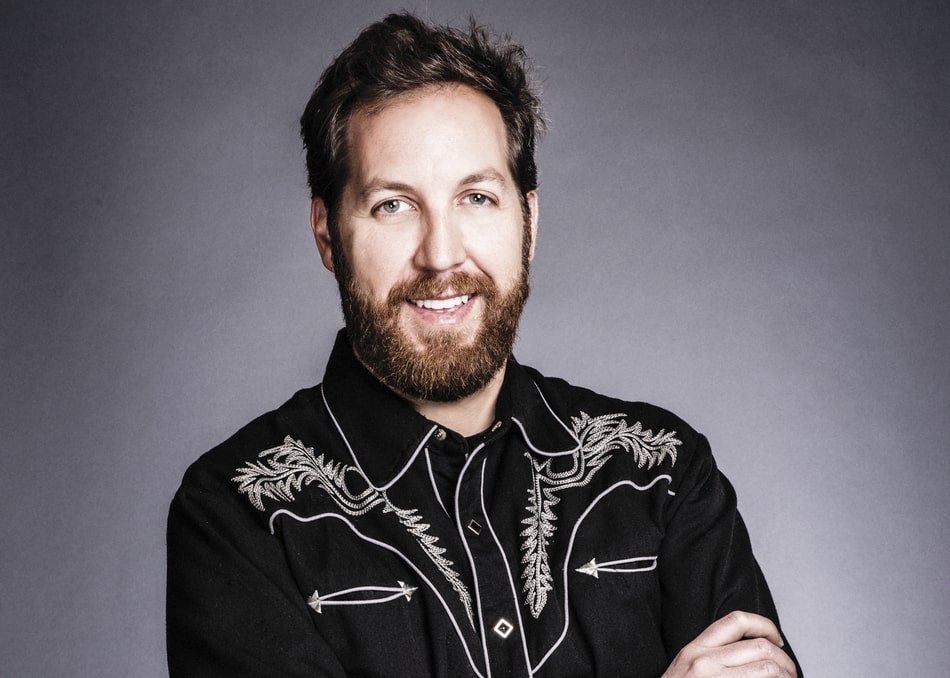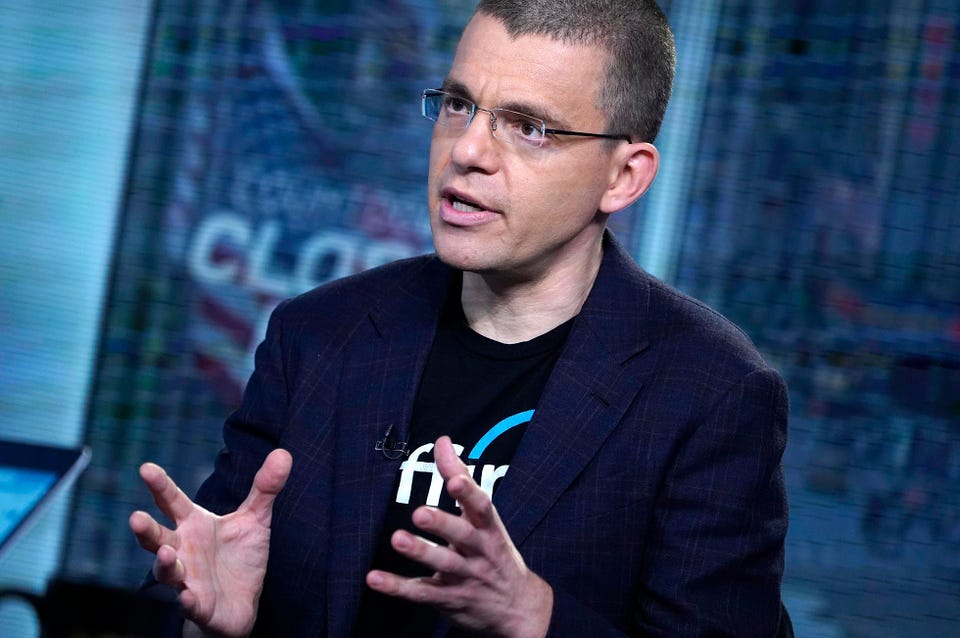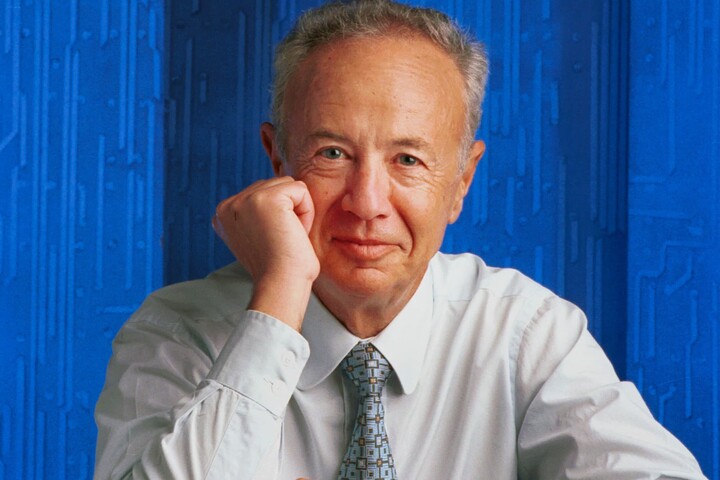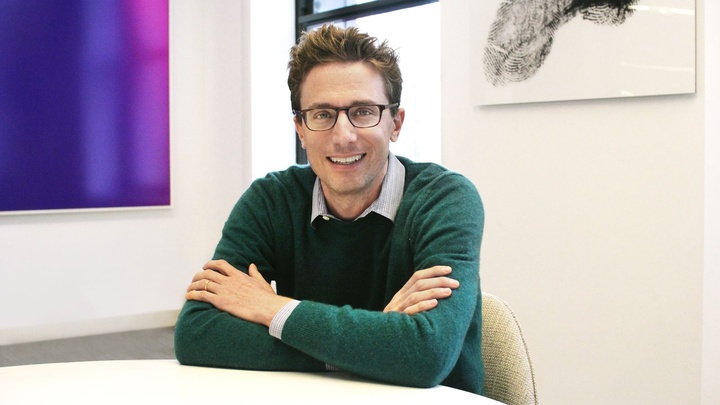Michael Rubin: Success Story of Fanatics’ Billionaire CEO
Michael Rubin is an American entrepreneur and philanthropist. He serves as the executive chairman of Rue Gilt Groupe, the top off-price e-commerce portfolio firm, which comprises RueLaLa.com, Gilt.com, and ShopPremiumOutlets.com, as well as the CEO of Fanatics, the largest retailer of officially licensed sports apparel in the world.
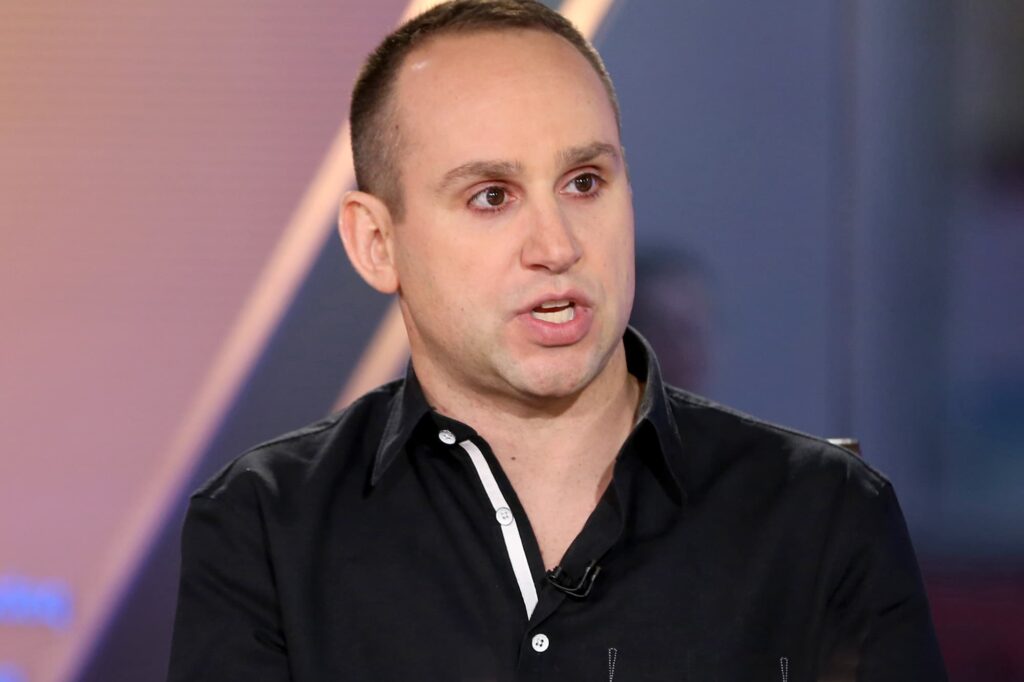
In 1998, he launched GSI Commerce, which he later sold to eBay for $2.4 billion. In order to fund $60 million to combat food insecurity during the COVID-19 pandemic, Rubin created the wildly popular “All In Challenge,” in which famous people, influencers, and corporations gave priceless items or once-in-a-lifetime experiences.
Success Story
After selling his ski stores and using the money from his chance overstock deal, he founded KPR Sports, a company that bought and sold overstock name-brand athletic equipment.
Michael Rubin acquired 40% of Rykä, a maker of sporting shoes for women, in 1995. Global Sports Incorporated, a clothing and shipping business founded by Rubin in 1998, subsequently evolved into the multibillion-dollar e-commerce giant GSI Commerce.
Rubin began working on strategies to move GSI online in 1999. Even before going online, the wholesale sports equipment shop never had any physical retail storefronts; instead, it sold to other retailers directly. Rubin’s company was acquired by eBay in 2011 for $2.4 billion.
Rubin held little under 10% of the company at the time. He repurchased Shop Runner, a retail rewards program; Rue La La, a flash seller; and Fanatics, Inc., a licensed sports merchandiser.
Michael Rubin is the CEO of Fanatics and the executive chairman of the board at Rue La La.
The partnership between Simon Property Group and Rubin to bring their mall inventory online and their $280 million investment in the project was revealed on CNBC in 2019.
FedEx bought ShopRunner in December 2020. Rubin arranged partnerships between Fanatics and more than 300 professional sports leagues, teams, and organizations.
These partnerships included agreements with Nike, the National Football League, and Major League Baseball, which gave Fanatics exclusive rights to design, produce, and sell all Nike fan gear for the two leagues. Rubin purchased a minority stake in the Philadelphia 76ers in October 2011.
Michael Rubin belongs to the investor group that successfully offered $280 million for the team.
Two years later, Rubin invested $320 million in the administration of the Prudential Center and a part of the New Jersey Devils hockey team as a part of the same investment group. In 2013, the NHL approved the agreement and made the announcement.
Due to potential conflicts between his position as CEO of the expanding Fanatics company and the regulations governing sports club ownership, Rubin surrendered his shares in both franchises in June 2022. At its Philadelphia Visionary Gala in 2011, the Network for Teaching Entrepreneurship (NFTE) recognized Rubin for inspiring its students and embodying “the true spirit and determination of an entrepreneur.”
He was one of the “20 Most Powerful CEOs 40 and Under” in 2011, as per Forbes. Rubin was included in the first Bleacher Report “Power 50” list of the most important sports figures in 2018. Between 2015 and 2019, Rubin was listed among the “Top 50 Most Influential People in Sports Business” list published by Sports Business Journal.

I am a law graduate from NLU Lucknow. I have a flair for creative writing and hence in my free time work as a freelance content writer.
